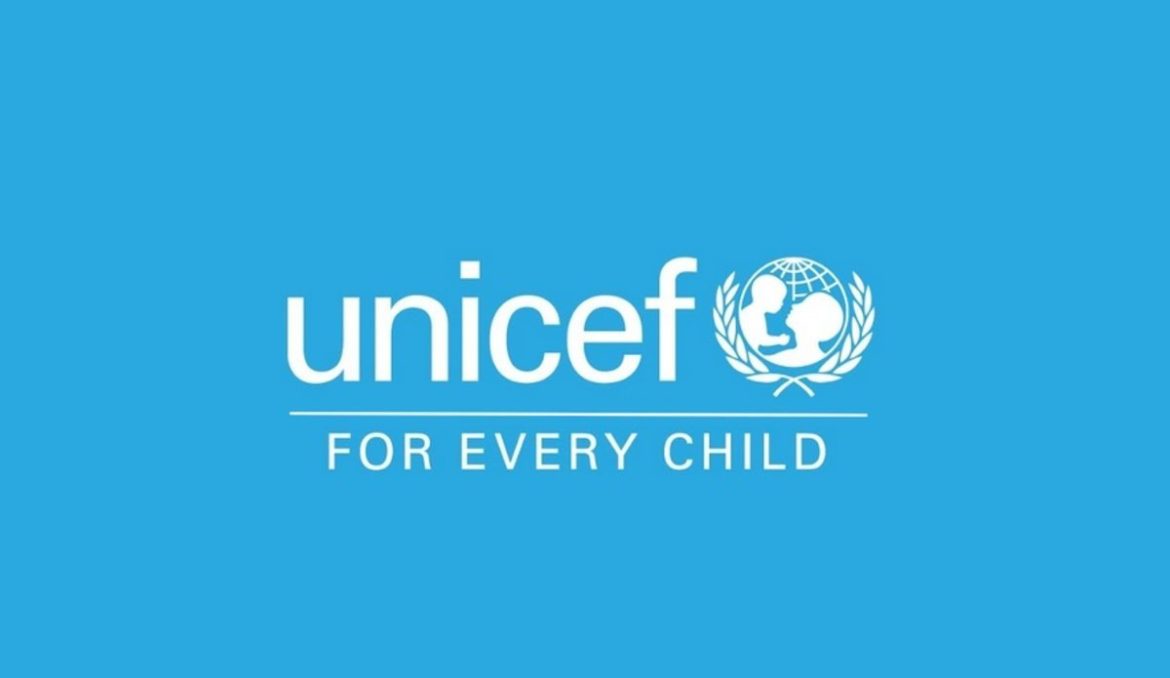By Haruna Gimba
The United Nations Children’s Fund (UNICEF) launched a $9.9 billion funding appeal today to reach 109 million children across 146 countries with lifesaving aid in 2025.
The funds will be utilised in UNICEF’s humanitarian response to multiple conflicts, climate shocks, displacement, and health crises expected next year.
Around the world, 213 million children are at the sharp end of unpredictable and volatile humanitarian emergencies.
With 109 million children targeted by UNICEF for humanitarian assistance in 2025, donor funding is critical to ensure the response is timely, effective, and sufficient.
“The scale of children’s humanitarian needs is at a historically high level, with more children impacted every day,” said UNICEF Executive Director Catherine Russell.
“Looking ahead to 2025, we estimate that 213 million children in 146 countries and territories will need humanitarian assistance over the course of the year – a staggeringly high number.
“It is UNICEF’s mandate to reach each of these children with the essential services and supplies they need, and to ensure that their rights are protected and upheld – a mandate that has guided our work for the past 78 years.”
Additionally, in 2024, more than 57.5 million children were born into countries affected by conflict or other humanitarian crises where UNICEF has an emergency appeal. That figure is expected to rise by at least 400,000 in 2025.
The US$9.9billion appeal for 2025 highlights the pressing need to tackle a growing array of humanitarian challenges confronting children in 146 countries.
As part of its Humanitarian Action for Children, which sets out the agency’s 2025 appeal, UNICEF plans to reach, 56.9 million children and women accessing primary healthcare in UNICEF-supported facilities, 34 million children 6-59 months screened for wasting, 20.6 million children, adolescents and caregivers accessing community-based mental health and psychosocial support, 11. 1 million women, girls and boys accessing gender-based violence risk mitigation, prevention, and/or response intervention, 24 million children accessing formal or non-formal education, including early learning, 55.3 million people accessing a sufficient quantity and quality of water.
The top five appeals by funding requirements for 2025 are for; Afghanistan ($1,188,778,304), Sudan ($840,000,000), Democratic Republic of the Congo ($804,295,490), State of Palestine ($716,540,000), Lebanon ($658,200,000).
Notable results in 2024 include; 26.4 million children and women accessing primary health care, 12.2 million children 6-59 months screened for wasting, 17.4 million people accessing a sufficient quantity and quality of water for drinking and domestic needs, 9.7 million children accessing formal or non-formal education, including early learning, 12.6 million children, adolescents, and caregivers accessing community-based mental health and psychosocial support.
Last year, donors contributed more than 50 per cent of UNICEF’s thematic humanitarian funding to just four emergencies – Afghanistan, Ethiopia, Syria, and Ukraine – a fraction of the 412 emergencies UNICEF responded to in 107 countries.
Meanwhile, humanitarian operations in countries like Burkina Faso, Lebanon, Uganda, the Democratic Republic of Congo, Mali, and Myanmar are the most severely underfunded.
“Support through flexible humanitarian funding is critical for our work for children affected by crises,” said Russell.
“Imagine what we can achieve for children working together through principled humanitarian action, creating a world where the rights of every child are protected and upheld, and where every child can develop and thrive – a world fit for every child.”
Across the globe, millions of children affected by conflict and the effects of climate change, displacement, rising poverty and disease outbreaks are being denied their fundamental rights.
More than 460 million children are living in, or fleeing from, devastating violence in places including the Democratic Republic of the Congo, Haiti, Myanmar, State of Palestine, Sudan, and Ukraine.
Meanwhile, nearly half the world’s children live in countries that are at extremely high risk from the impacts of climate change.
But despite the scale of the challenges, the situation isn’t hopeless. Working with partners through principled humanitarian action, with our response supported by vital flexible funding, UNICEF can reach the most vulnerable children.
We can provide them with life-saving services and supplies to ensure equitable access to health care, education, clean water and sanitation. And we can ensure that their rights are upheld.




